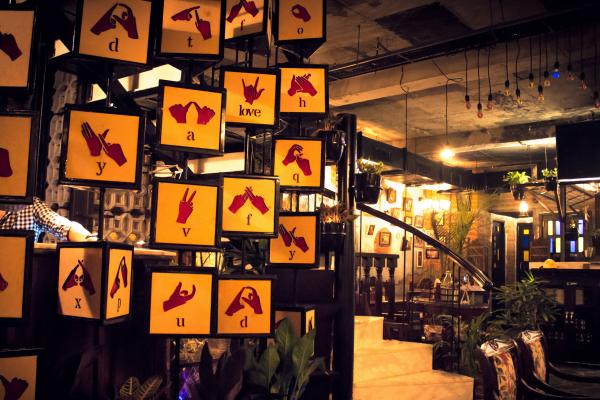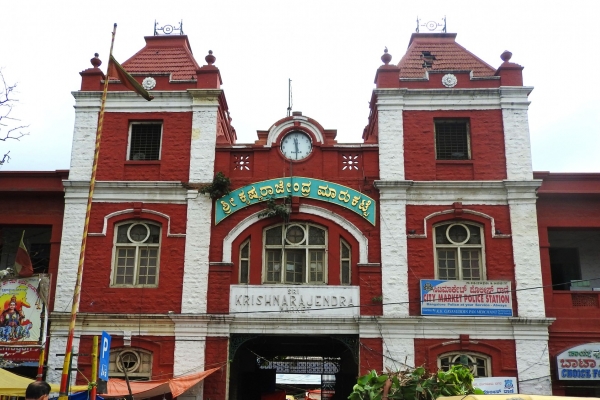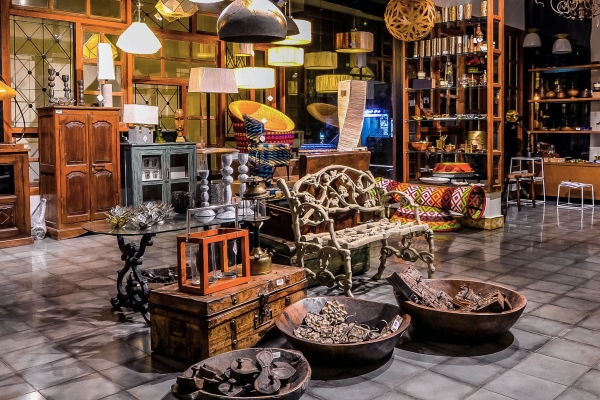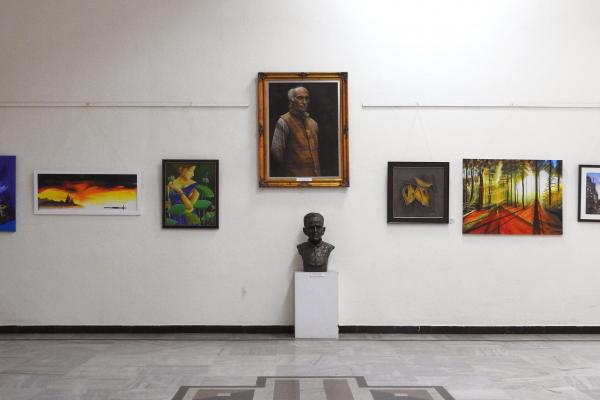Getting There
From India, the best way to reach Habre’s Nest is to travel by air (to Bagdogra) or by train (to New Jalpaiguri or Siliguri railway station). From here, Habre’s Nest can arrange for a pick-up to Manebhanjang. This three-hour journey (one way) costs about INR9,000 (US$125) for a return trip.
Shared taxis are also available from New Jalpaiguri railway station to Manebhanjang. However, these are not direct and could require two to three transfers en route. The time taken to complete this journey varies as it would depend on all seats being filled before the shared taxi departs.
From Manebhanjang, there are two options: (i) trek to Kaiakata via Tumling (1.5 day) or (ii) hop on to a 1950s vintage Land Rover managed by the Singalila Land Rover Owners Welfare Association (~3 hours) which could cost ~ INR 3,000/ USD 42 for a return trip.



